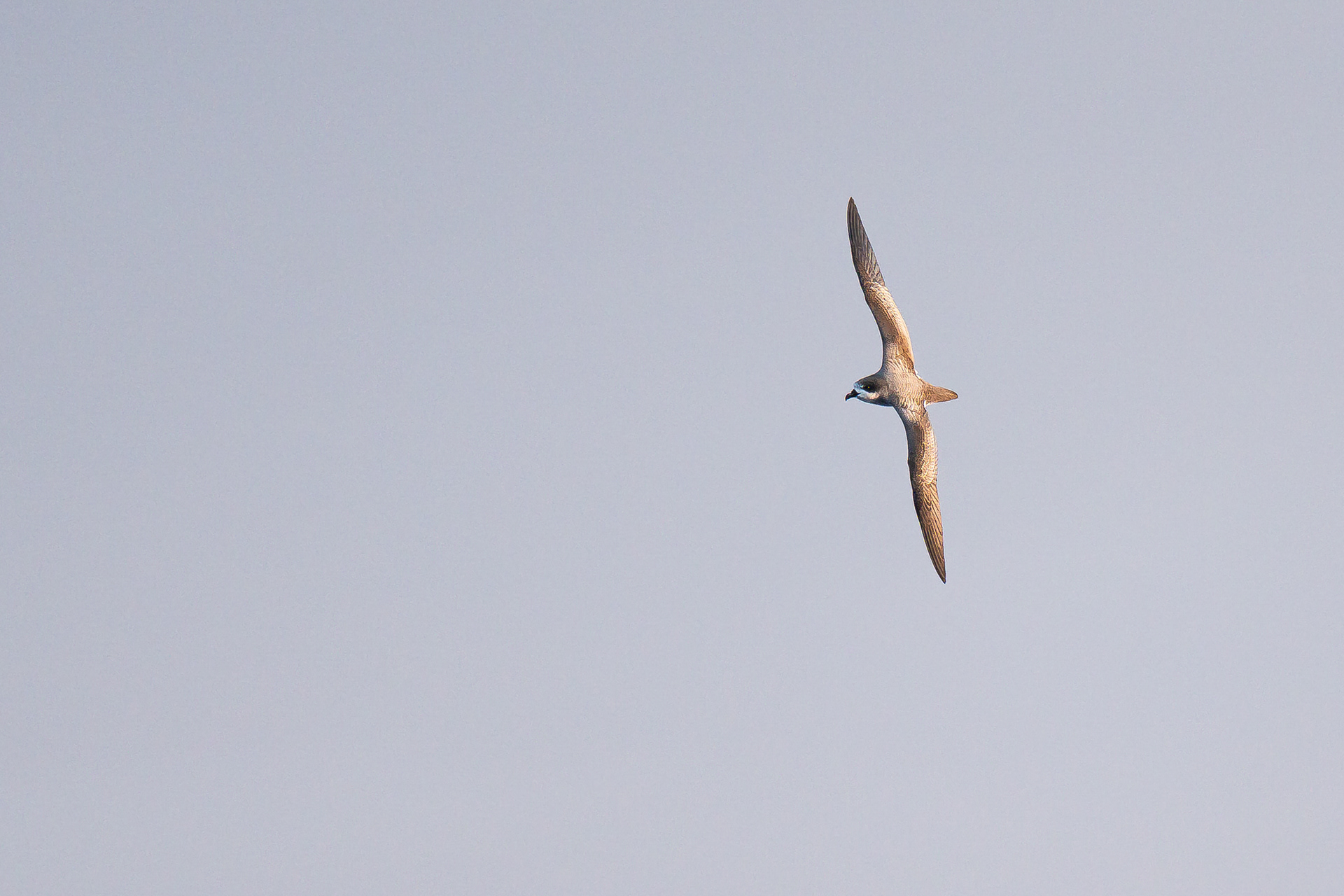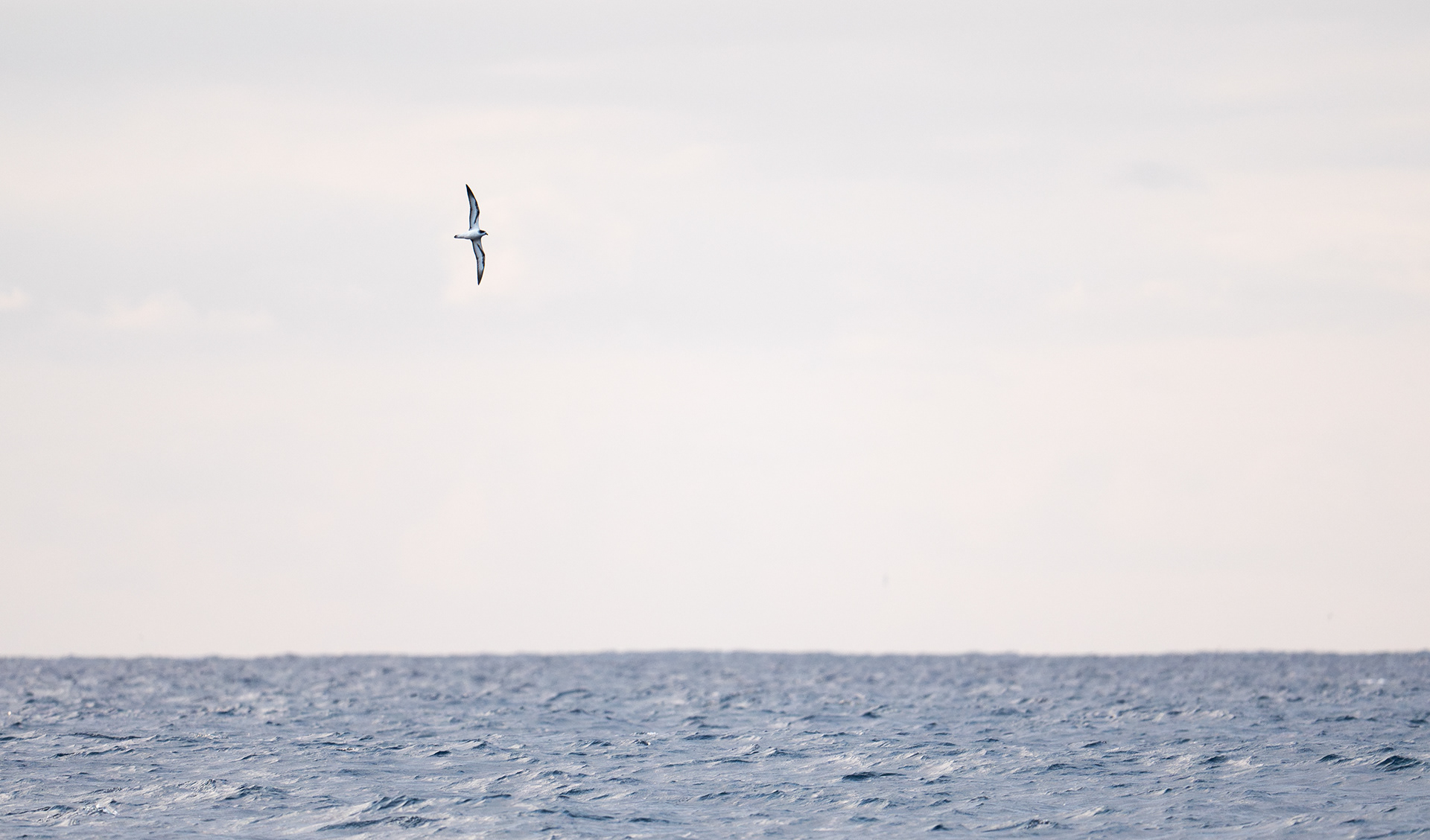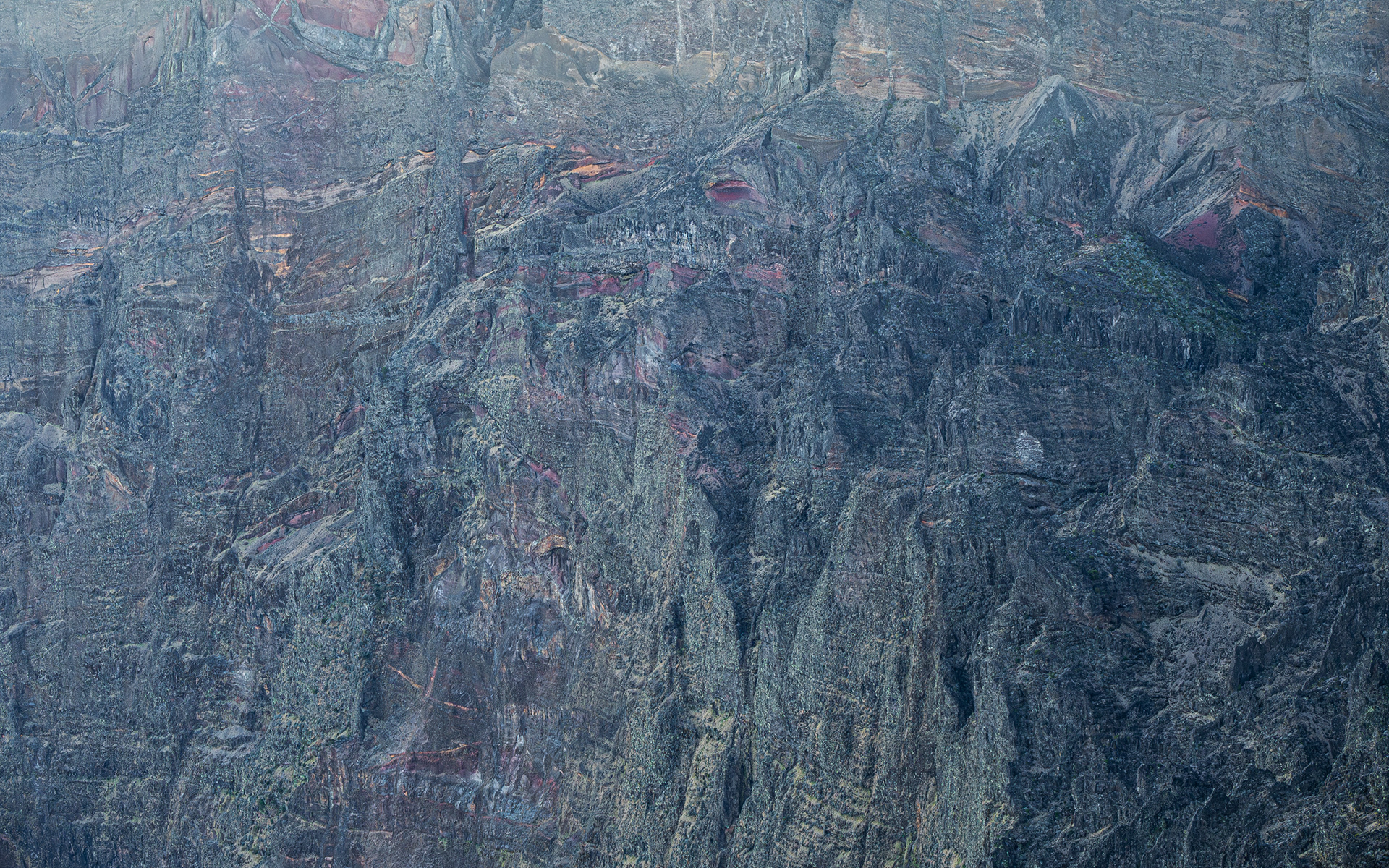Sea’s Bird of Paradise
We'll start with a magnificent bird species: the white-tailed tropicbird, also known as the yellow-billed tropicbird. These graceful birds can wander above the sea for hours, days, perhaps even months or years. They only come ashore to breed, choosing inaccessible rock faces. During my trip to Réunion, I saw them soaring along the steep inland cliffs.
When the chicks are almost fatter than the adults, the parents abandon the nest. The young starve themselves until, in sheer desperation, they jump off the cliff—and discover they can fly. The younsters soon learn that the ocean is full of food. Unfortunately, our seas are turning into a plastic soup, which has negative consequences for these and other seabirds.
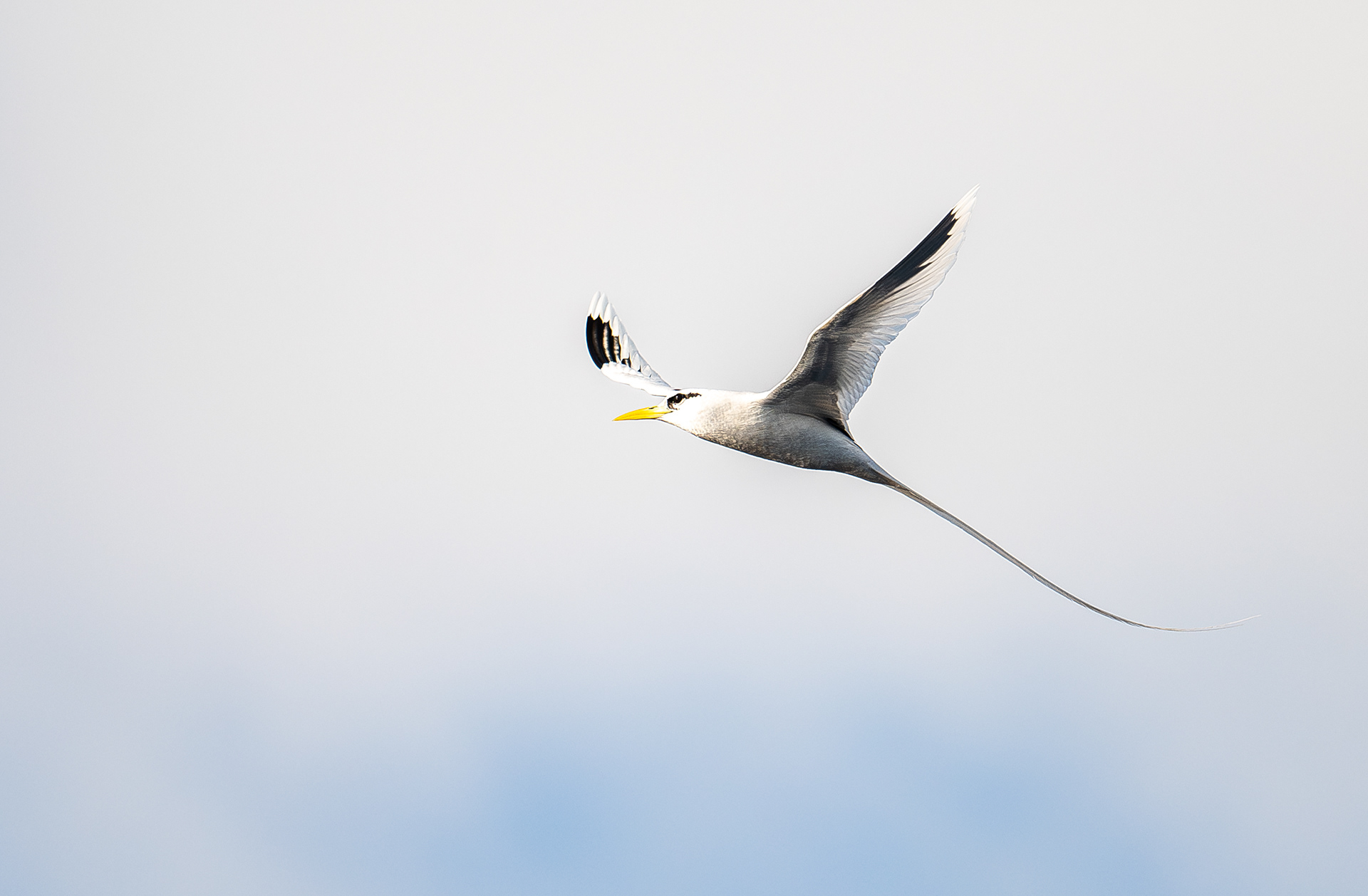
Elegance at its best?
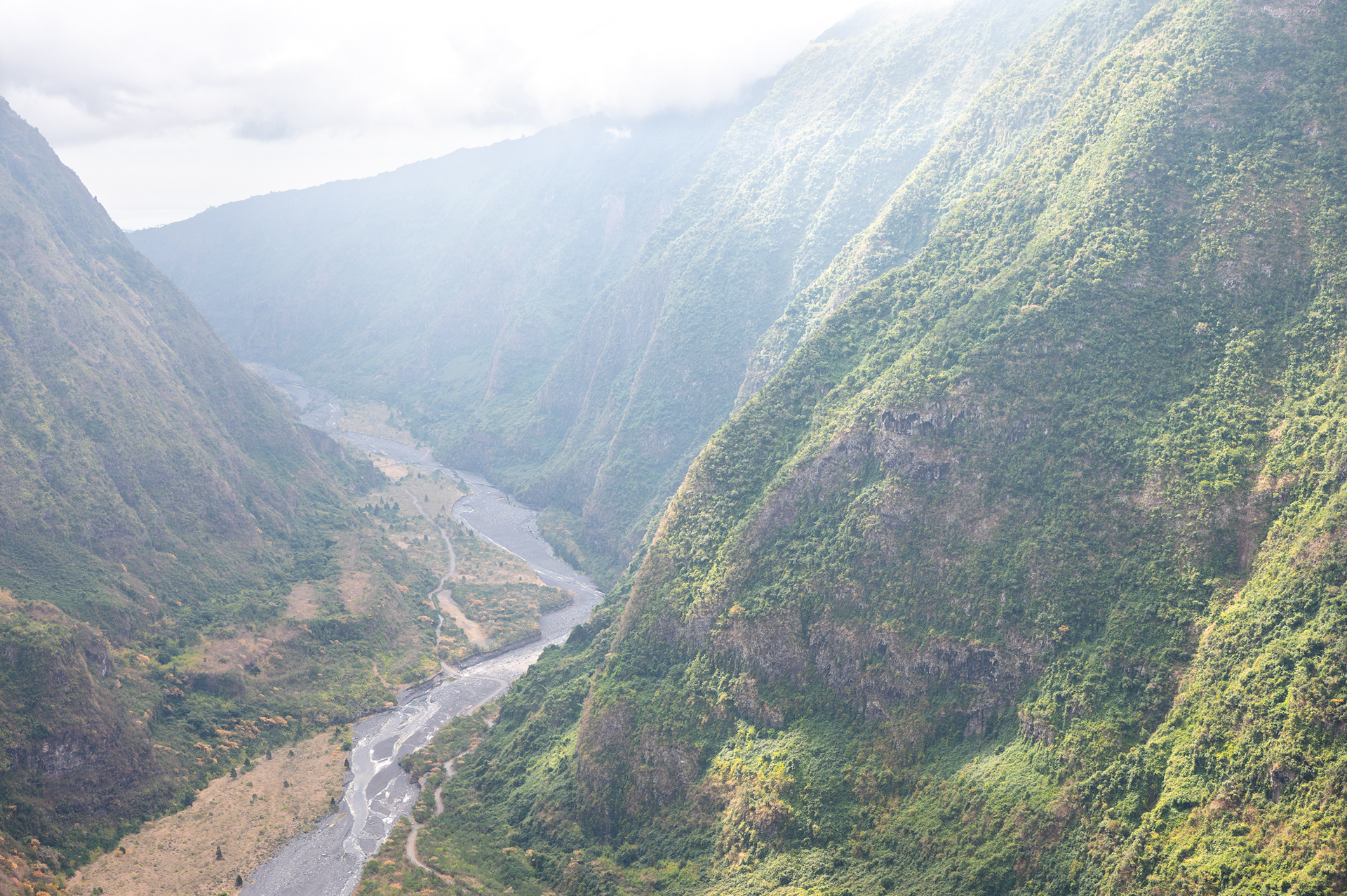
Tropic birds flew through this ravine. They probably nested on the steep cliffs.
Go with the wind
Another emblematic bird species of Réunion is the Barau's petrel. This critically endangered seabird breeds almost exclusively on the cliffs of the island's highest mountains. In 1991, breeding individuals were also discovered on Rodrigues, a neighboring island of Mauritius and the oldest of the Mascarene Islands, to which Réunion also belongs.
The biggest threat to this species is predation by cats and rats on its breeding grounds and biodiversity loss in the ocean. Even more than the tropicbird, the Barau's petrel follows the wind: they wander up to 5,000 kilometers from their breeding grounds across the Indian Ocean. Every evening, thousands of petrels gather off the coast of Réunion, then fly inland. However, streetlights can deter them. That's why leaflets are posted in mountain villages urging people to notify the authorities if they encounter a lost bird.
And speaking of a lost bird... after the great storm Kirk on October 10, 2024, a lost Barau's petrel was sighted during a seawatch at Cap Ferret, Gironde, France (full story of finder). The bird had even mistaken the ocean... The wandering ability of petrels continues to amaze many ornithologists!
